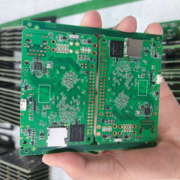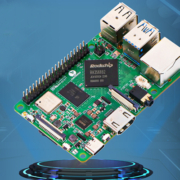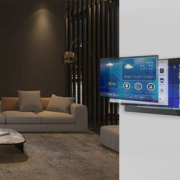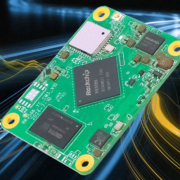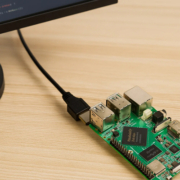What is the Purpose of the Raspberry Pi?
In recent years, the Raspberry Pi has revolutionized the way we think about computing, DIY electronics, and embedded systems. Originally developed by the Raspberry Pi Foundation to promote computer science education, this credit card-sized device has evolved into a powerful tool used by hobbyists, engineers, educators, and developers worldwide. But what exactly is the purpose of the Raspberry Pi — and how does it relate to modern smart control panels and industrial applications like Portworld’s PortPi?
Understanding the Raspberry Pi
The Raspberry Pi is a single-board computer (SBC) designed to offer affordable and accessible computing. It integrates essential components such as a CPU, RAM, USB ports, HDMI output, GPIO pins, and more — all on a small, compact board. Since its first release in 2012, it has seen multiple iterations, each adding more power, connectivity, and flexibility.
Core Purposes of Raspberry Pi:
- Educational Tool: Teaching programming, electronics, and computer fundamentals.
- DIY Projects: Powering personal innovations such as home automation, media centers, and robotics.
- Prototyping Platform: Ideal for engineers and startups building proof-of-concept solutions.
- Embedded System Controller: Used in smart homes, IoT, and industrial automation projects.
- Cost-Effective Computing: A budget-friendly alternative to traditional PCs for basic tasks.
Raspberry Pi in Smart Control Applications
As smart homes and IoT continue to grow, Raspberry Pi devices are increasingly being used to serve as control hubs, gateways, or interface terminals for a variety of systems. Their GPIO pins allow direct connection to sensors, switches, and relays, making them incredibly versatile for automation.
However, while Raspberry Pi is a great starting point, commercial-grade solutions require enhanced durability, industrial-grade components, and robust support. This is where Portworld’s PortPi steps in.
Portworld’s PortPi
PortPi is Portworld’s specialized line of industrial-grade smart control panels and embedded systems that draw inspiration from the Raspberry Pi platform — but are built to meet the demands of professional environments.
What Makes PortPi Stand Out:
- Enhanced Hardware: Built using high-performance components that are suitable for long-term use in homes, hotels, factories, and offices.
- Customizable Design: Supports OS customization (Android, Debian, Ubuntu), I/O expansion, and specialized interfaces like RS485, RJ45 with PoE, and more.
- Touchscreen Integration: Offers high-resolution capacitive touch panels, including 4-inch, 5-inch, and 7.6-inch options — like the YC-L76.
- Support & Scalability: Portworld’s experienced engineering team helps customize solutions, optimize PCB/PCBA designs, and reduce overall BOM costs.
- Smart Control Ready: Ideal for HVAC, lighting, security, energy monitoring, and other smart building systems.
PortPi bridges the gap between Raspberry Pi’s maker spirit and Portworld’s expertise in industrial touch control technology — delivering a complete solution for real-world smart automation.
| Feature | Raspberry Pi | PortPi by Portworld |
|---|---|---|
| Hardware Durability | Consumer-grade | Industrial-grade |
| Display Integration | Requires add-ons | Built-in touchscreens |
| Software Support | Community-based | Professional BSP/SDK support |
| Installation | DIY-level | Ready for wall-mount or embedded use |
| Connectivity | Basic (USB, HDMI, GPIO) | Rich I/O (RS485, RJ45 with PoE, DC input, speakers) |
| Customization | Manual modification | Full OEM/ODM customization |


